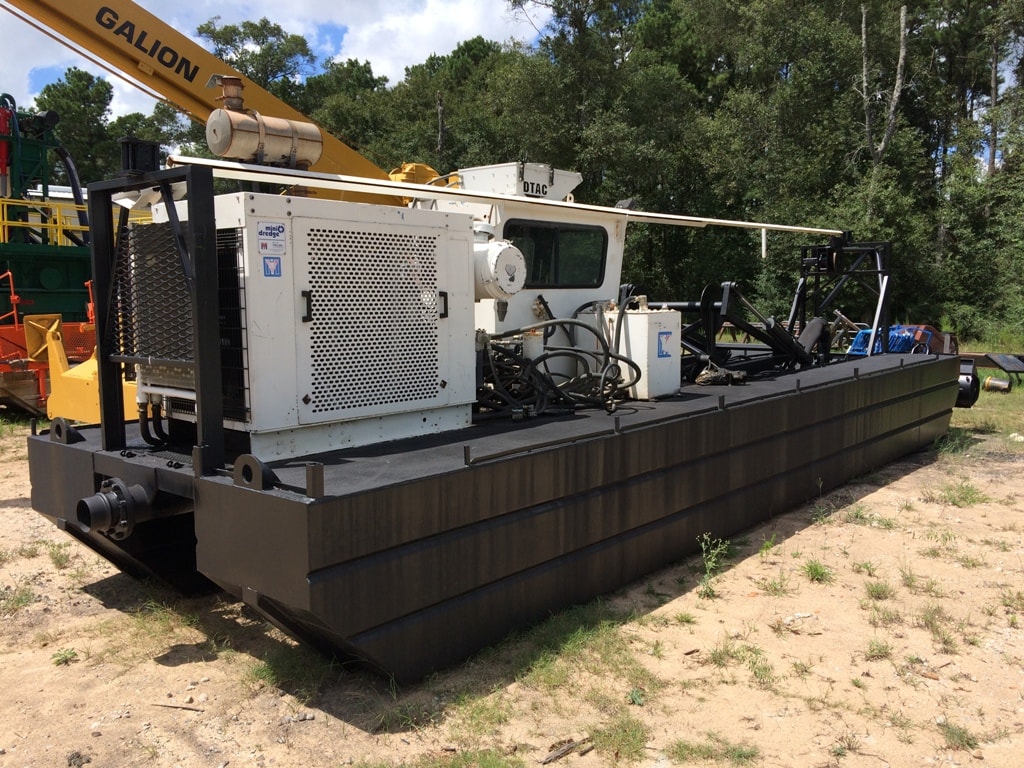
Instead, maybe there is a way to make money from selling these dredge materials or “dredge spoils.” Innovative Reuse of Baltimore Harbor Sediments That’s left scientists and state regulators facing a large dilemma: what should Maryland do with the tons upon tons of dredged material from the Patapsco? In the past, authorities have gone to great expense to dump dredge materials into containment areas, creating new islands in the Bay. Those include heavy metals and pesticides that can be harmful to human health. Much of that sediment has, over generations, accumulated high levels of pollutants.

Of those, 1.5 million come just from the Patapsco River, which connects the estuary to Baltimore. Army Corps of Engineers dredge roughly 4.5 million cubic yards of sediment from the Bay. And that means that deep channels have to be dug, or dredged, throughout the Chesapeake Bay continually.Įvery year, the Maryland Port Administration and the U.S. In order to safely navigate, today’s large cargo vessels need water that’s at least 50 feet deep. In the process, the port generates billions of dollars in business and tax revenues each year.īut shipping in Maryland also comes with trade-offs. The Port of Baltimore, one of the busiest on the mid-Atlantic, moves tens of millions of tons of freight cargo every year, bringing in goods from all over the world. Since colonial times, shipping has been an economic powerhouse in Maryland. On the Bay: Chesapeake Quarterly's Blog.

Fellowship Experiences: A Students' Blog.


 0 kommentar(er)
0 kommentar(er)
